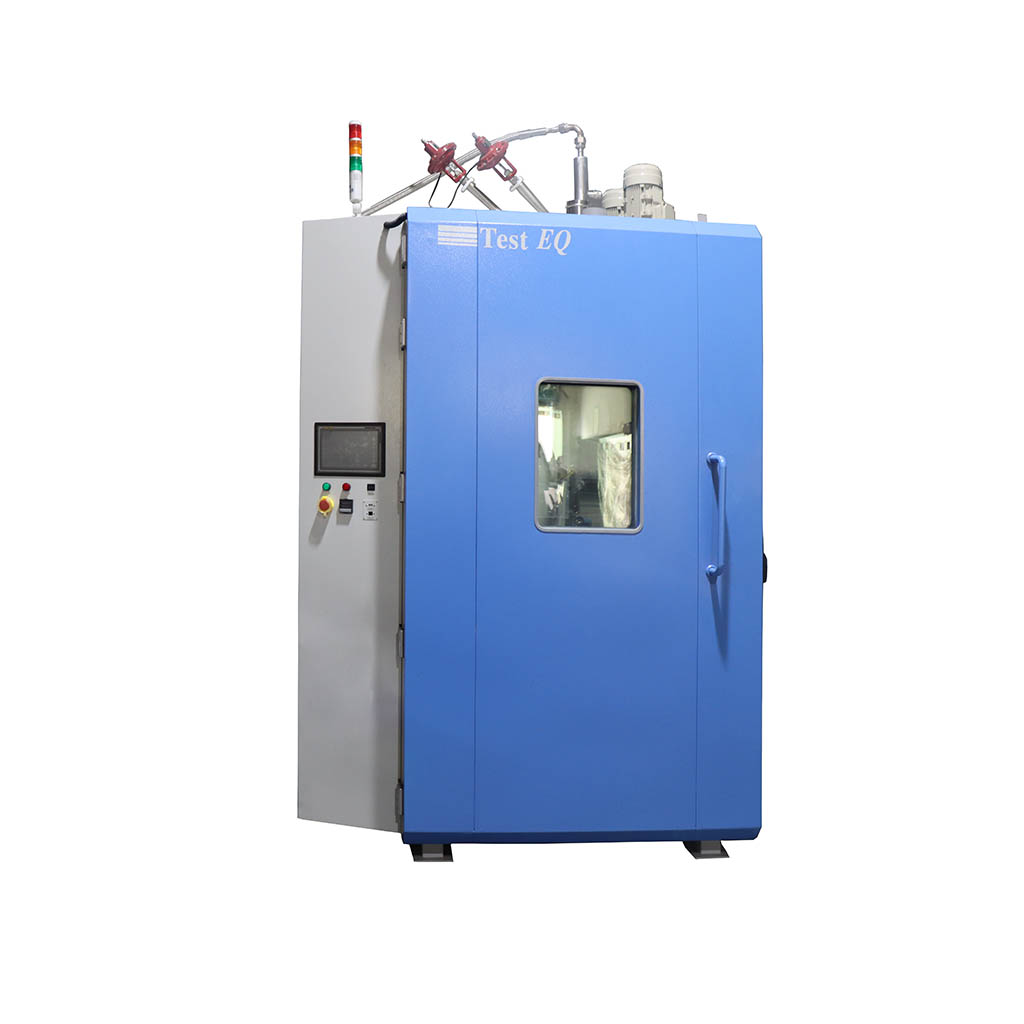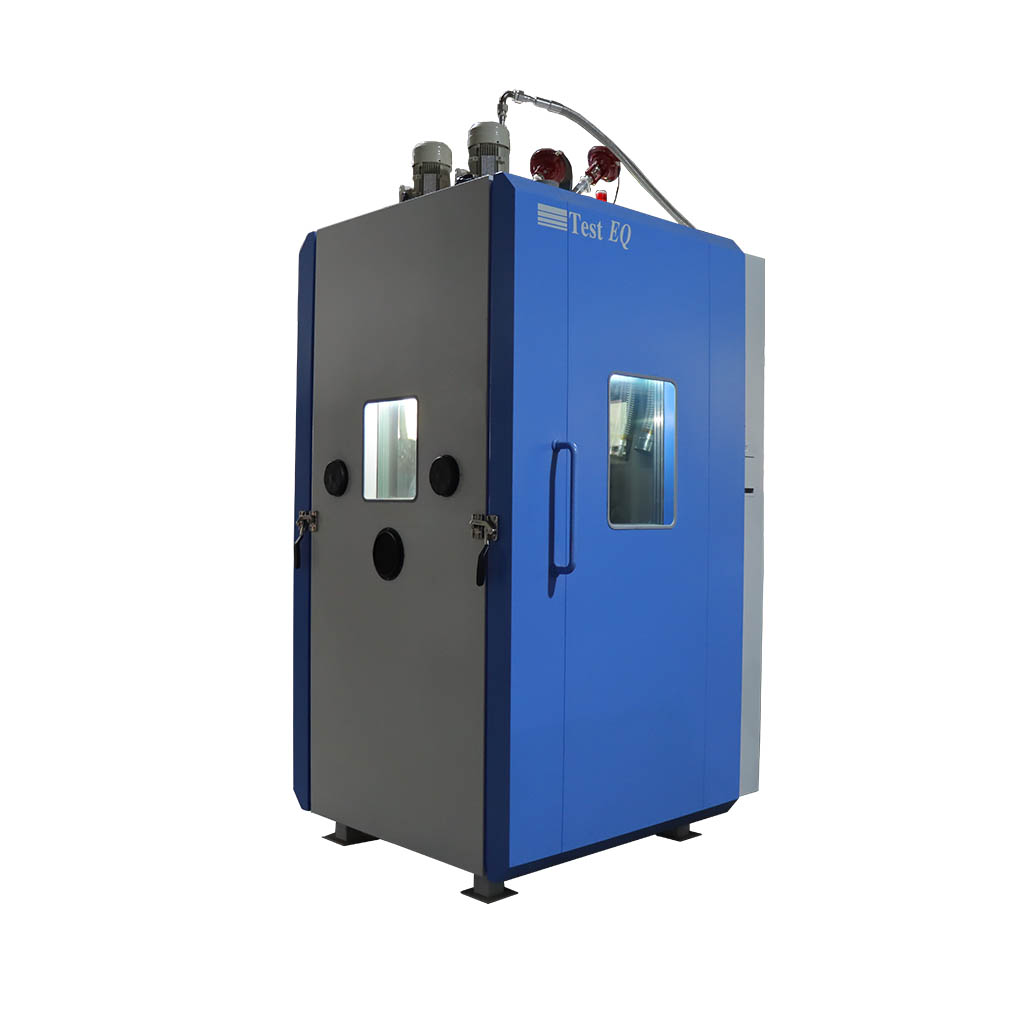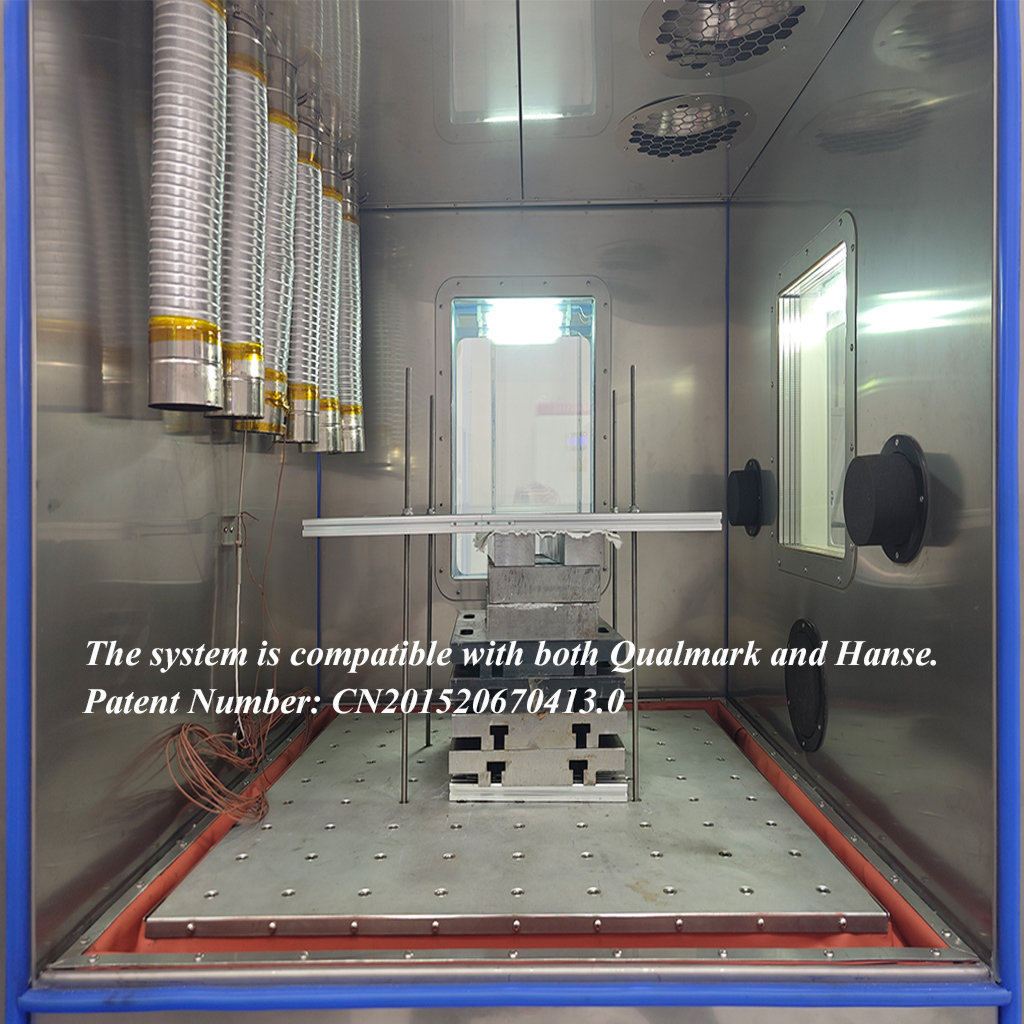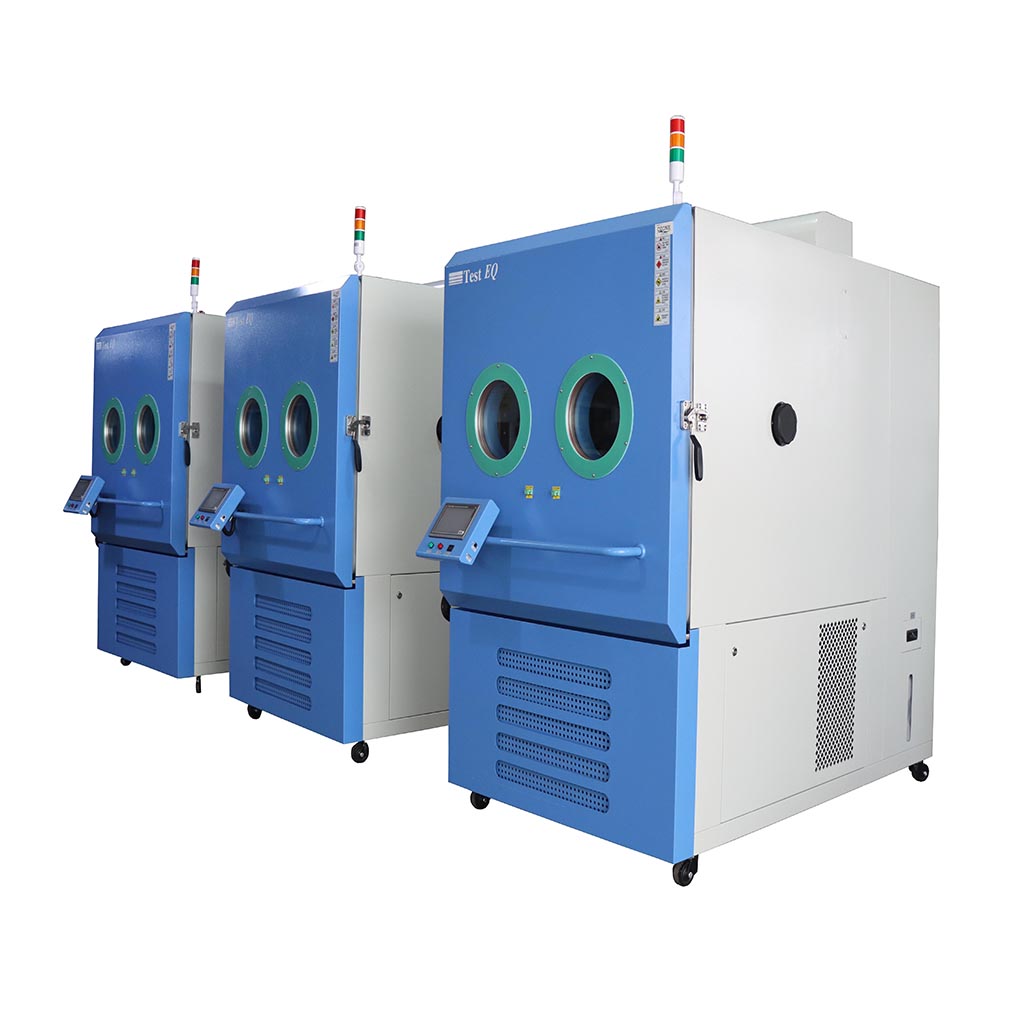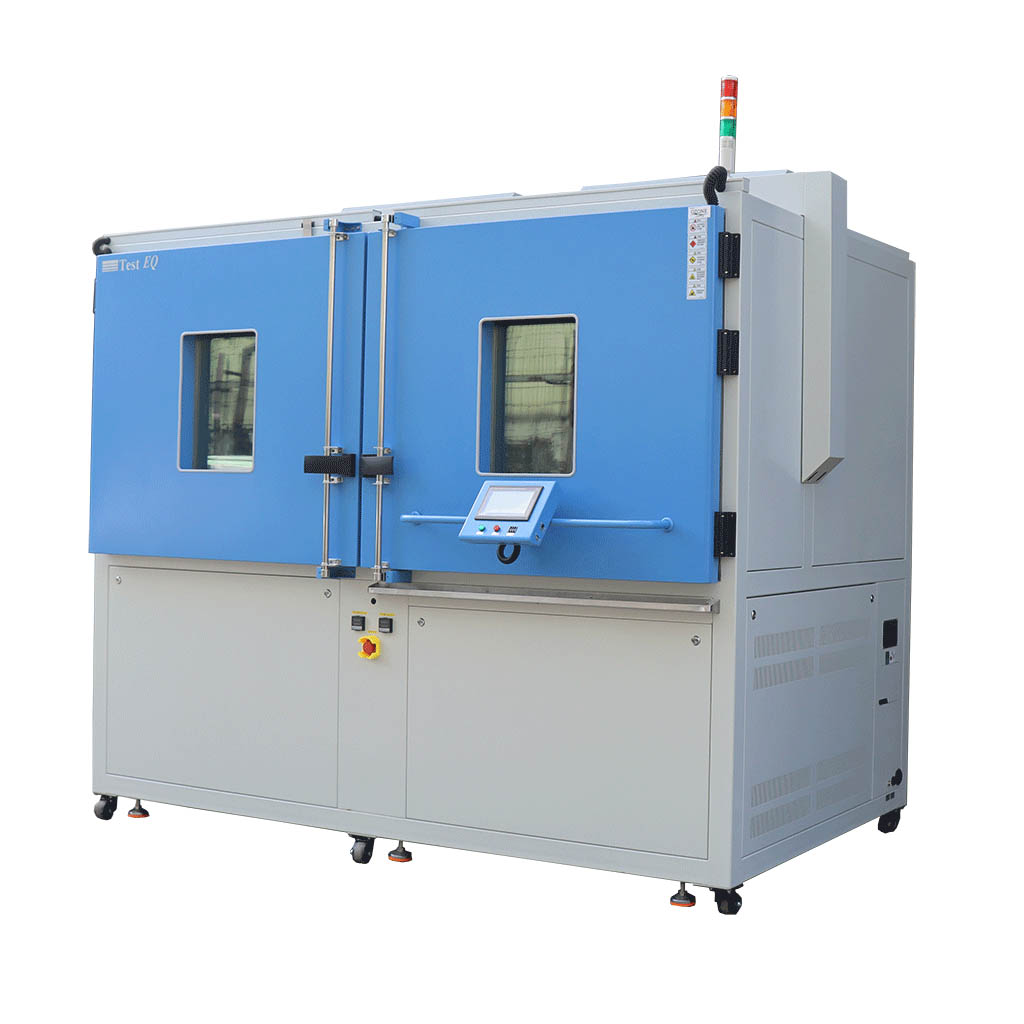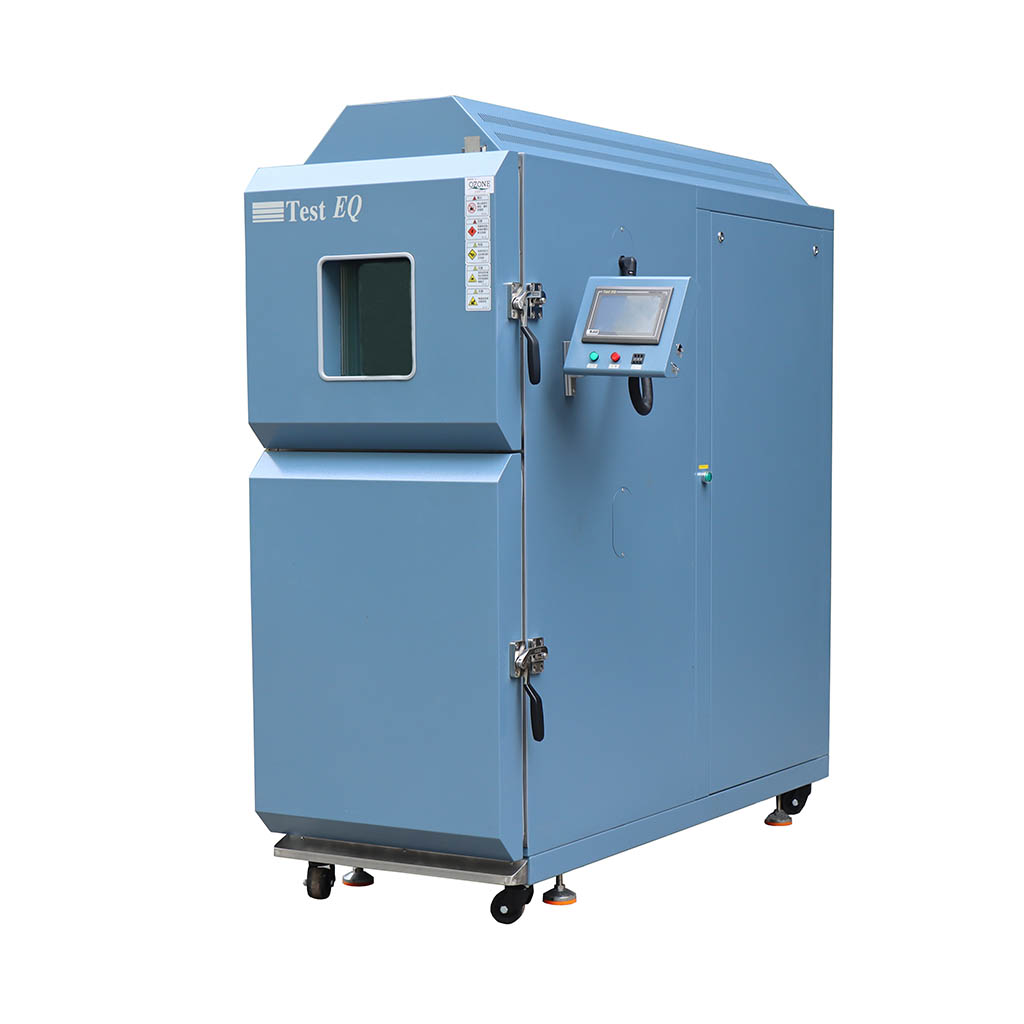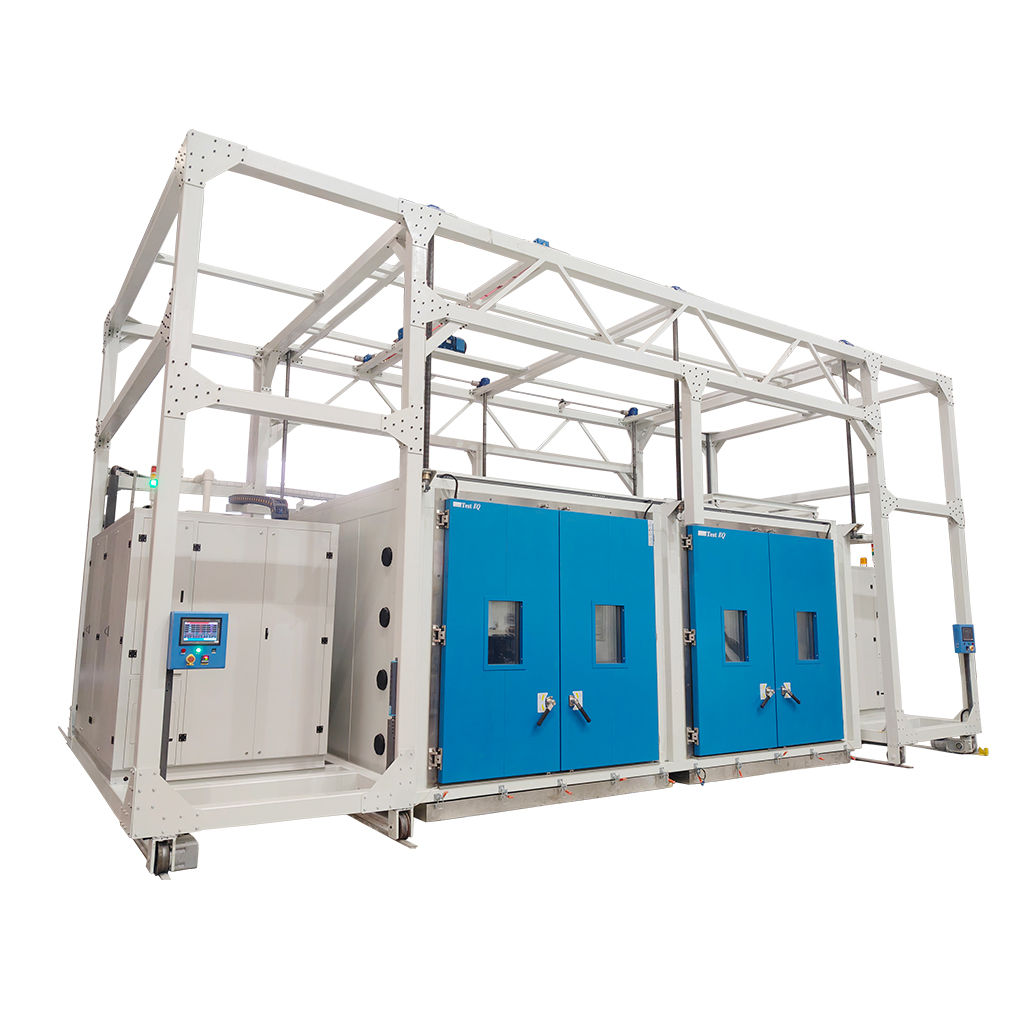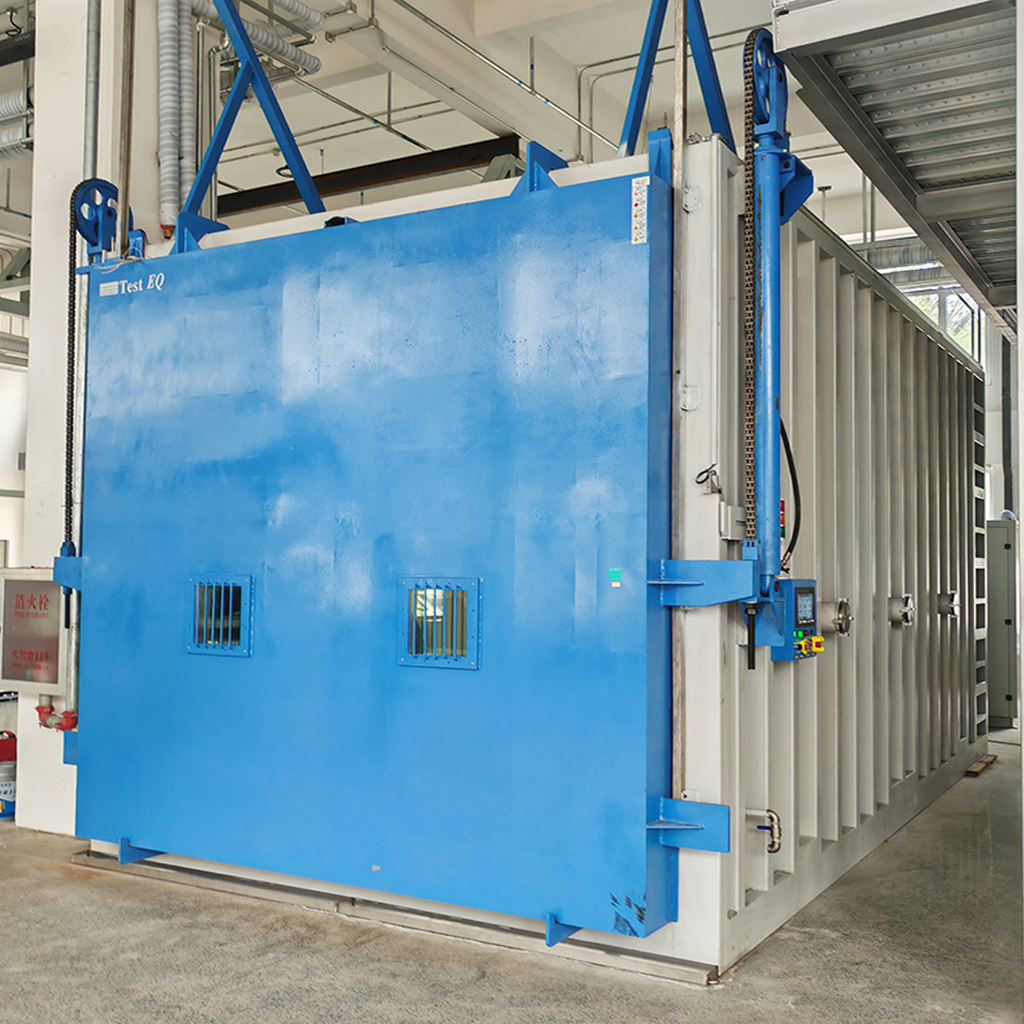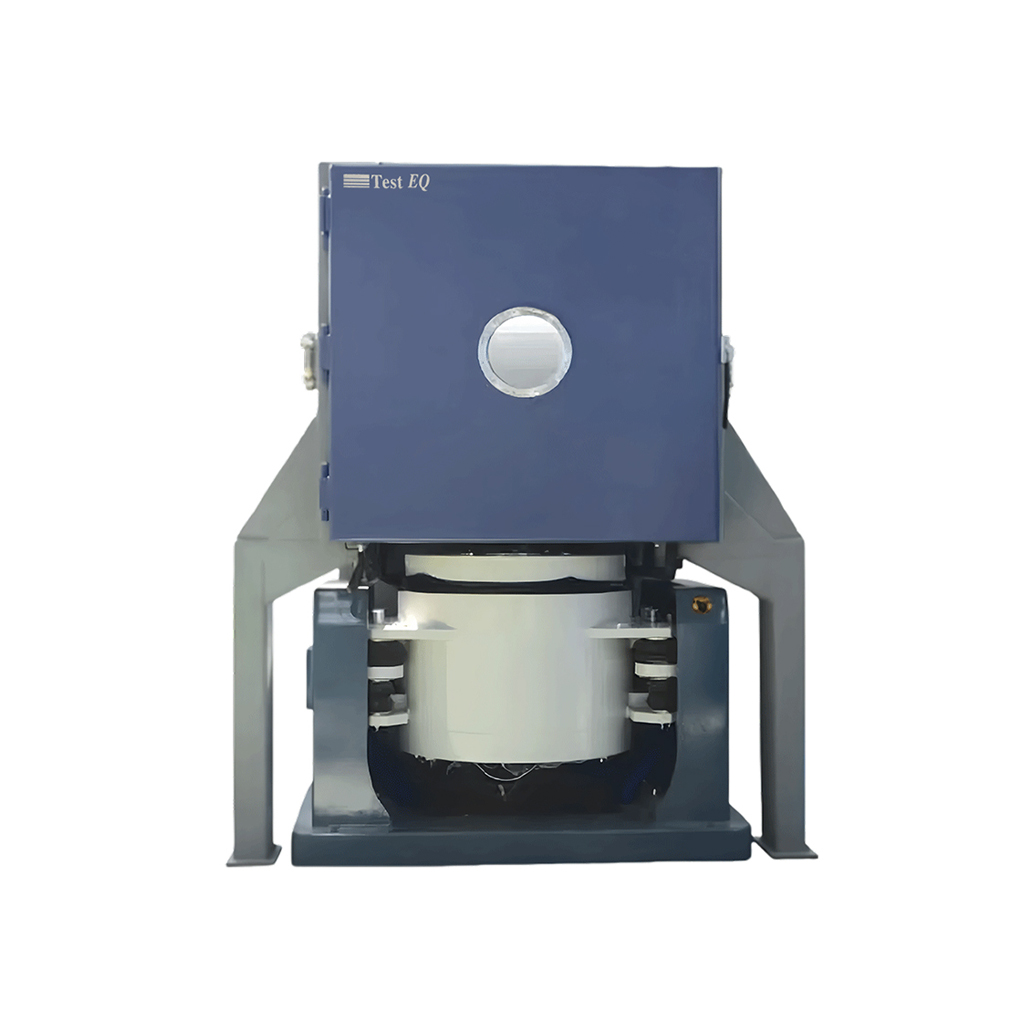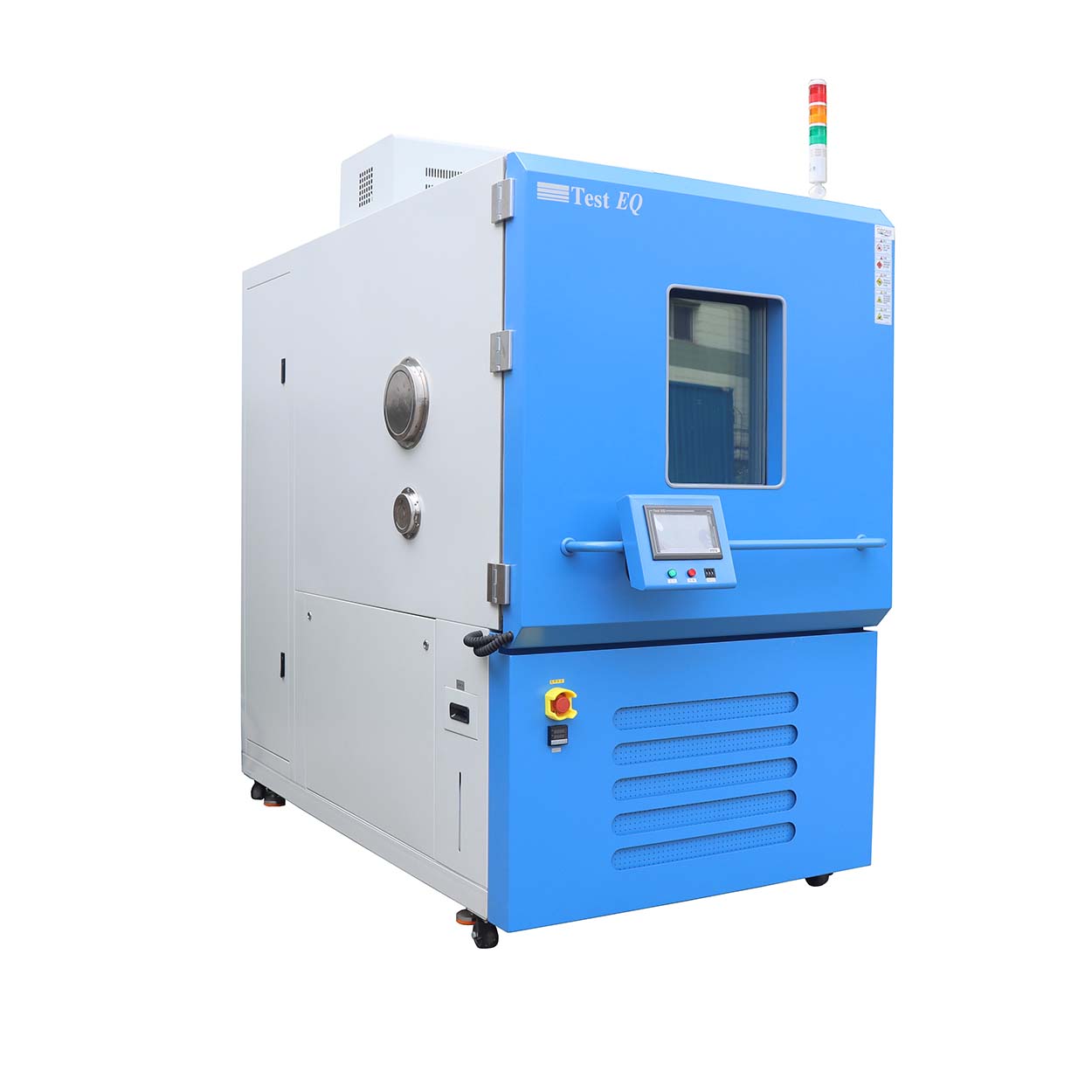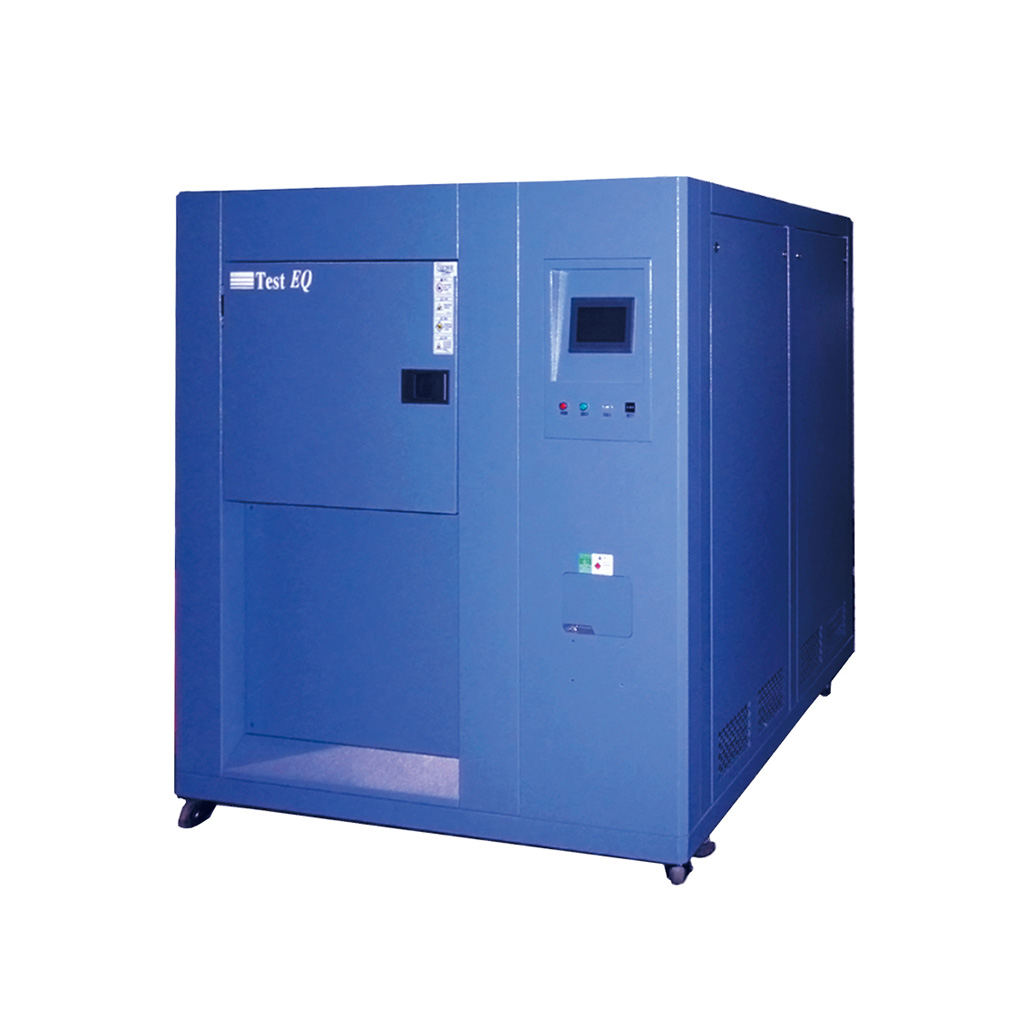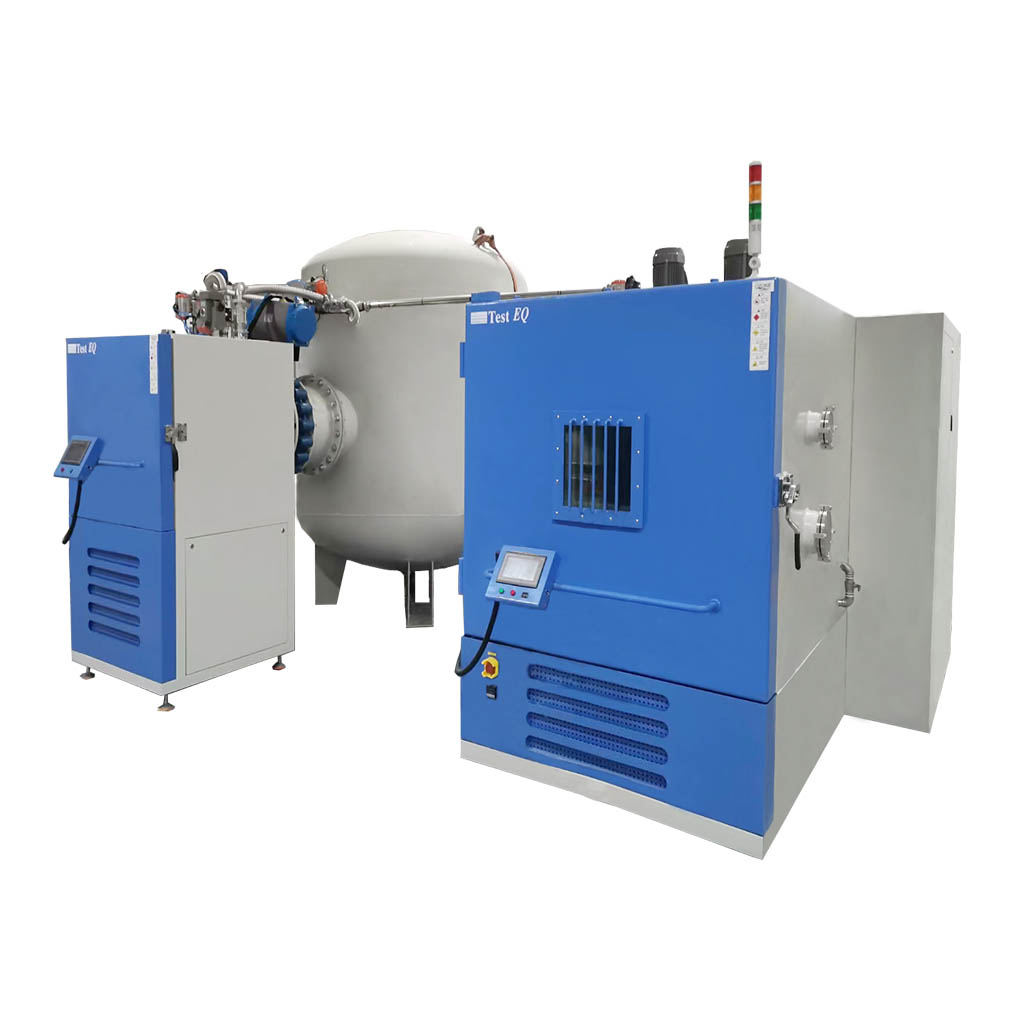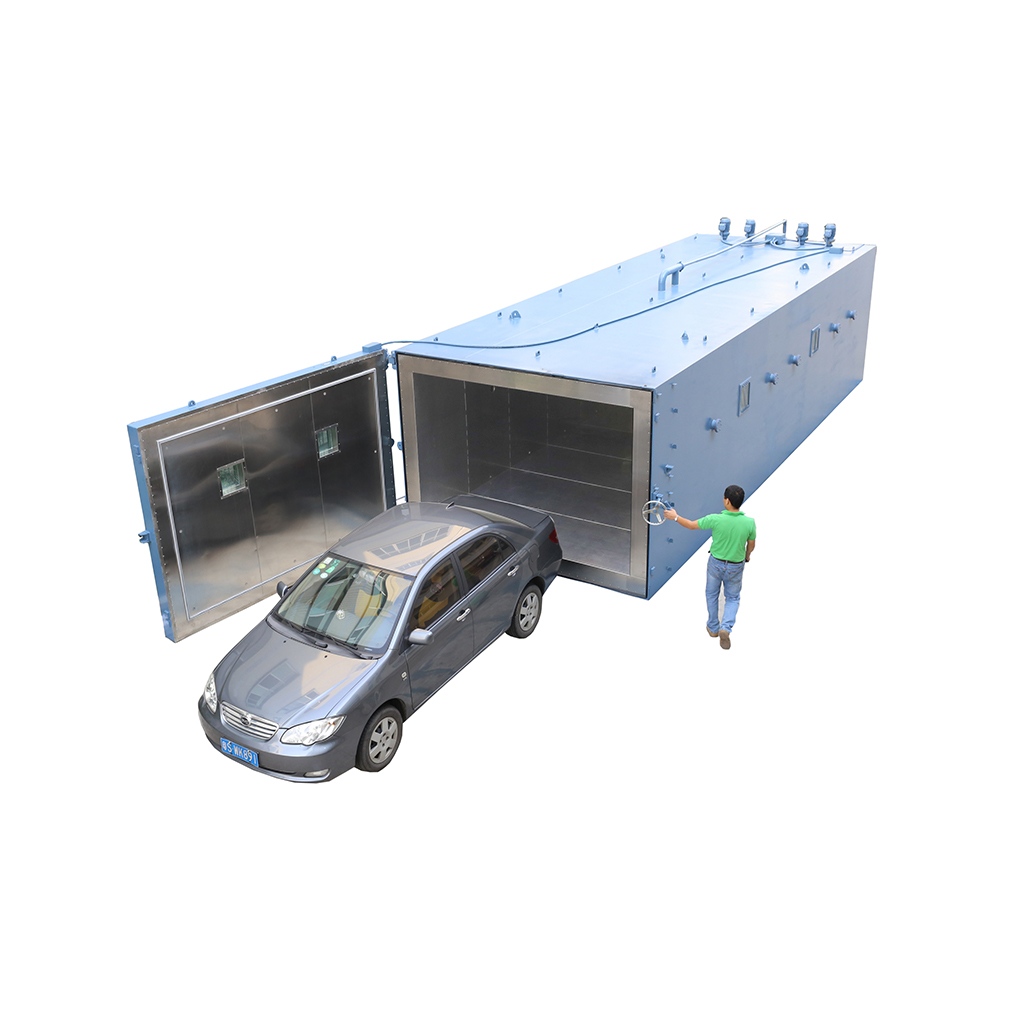Features of product development
· Rapid Temperature Cycling: Achieves rates up to 100°C/min for accelerated stress screening hass.
· Multi-Axis Vibration: Combines pneumatic (6-DOF) and electrodynamic vibration for multi-stress accelerated life testing halt simulations.
· Precision Control: halt process ±0.5°C temperature uniformity and real-time monitoring.
· Customizable Profiles: Supports stress levels user-defined stress protocols (step-stress, dwell times).
· Durability: Robust construction with corrosion-resistant materials
Testing Standards
1. Military Standards (MIL-STD)
MIL-STD-810
Title: Environmental Engineering Considerations and Laboratory Tests
Applicability: Environmental adaptability of military equipment (traditional environmental testing, not a direct HALT/HASS standard but may serve as a reference).
Note: HALT/HASS accelerated stress conditions typically exceed this standard’s conventional temperature change rates (5–15°C/min).
MIL-STD-883
Title: Test Methods and Procedures for Microelectronic Devices
Applicability: Reliability testing of electronic components; some methods (e.g., temperature cycling) may be combined with HALT/HASS.
MIL-STD-202
Title: Test Methods for Electronic and Electrical Component Parts
Applicability: Environmental stress screening (ESS) for electronic components, partially related to HASS.
MIL-STD-750
Title: Test Methods for Semiconductor Devices
Applicability: Reliability testing of discrete semiconductor devices.
2. Aerospace & Satellite Standards
RTCA DO-160
Title: Environmental Conditions and Test Procedures for Airborne Equipment
Applicability: Environmental testing for avionics (traditional tests; HALT/HASS used for accelerated R&D validation).
NASA GSFC-STD-7000
Title: Environmental Verification Standard
Applicability: Satellite and spacecraft components; recommends HALT as a design validation tool.
ECSS-Q-ST-30 (European Cooperation for Space Standardization)
Series: Includes ECSS-Q-ST-30-02 (Reliability Testing), supporting accelerated stress methods.
AIAA S-114
Title: Guide for Reliability Testing of Space Systems
Applicability: Recommends HALT/HASS for spacecraft component screening.
3. Automotive Industry Standards
IEC 60068 (International Electrotechnical Commission)
Series: e.g., IEC 60068-2-14 (Temperature Change Testing), referenced by some automakers for HALT.
ISO 16750
Title: Road Vehicles — Environmental Conditions and Testing for Electrical and Electronic Equipment
Applicability: Reliability testing for automotive electronics; HALT used for early-stage design validation.
SAE J1211
Title: Guidelines for Environmental Testing of Automotive Electronic Systems
Applicability: Recommends HALT/HASS to enhance reliability.
OEM-Specific Standards:
Ford (WARR), GM (GMW 3172), Volkswagen (TL 82066) require HALT/HASS during R&D.
4. Electronics Industry Standards
IPC-9592
Title: Accelerated Reliability Testing of High-Reliability Electronic Devices
Applicability: Consumer/industrial electronics; defines HALT/HASS processes.
JEDEC JESD22
Series: e.g., JESD22-A104 (Temperature Cycling), complementary to HALT/HASS.
Telcordia GR-468-CORE
Title: Generic Reliability Assurance Requirements for Optoelectronic Devices
Applicability: Recommends HALT for early failure detection in telecom equipment.
IEC 60749
Title: Semiconductor Devices — Mechanical and Climatic Test Methods
Applicability: Reliability testing for semiconductors.
5. General International Standards
IEC 60068-3-1
Title: Environmental Testing — Guidance for Temperature Testing
Applicability: Provides theoretical basis for temperature change rates (HALT/HASS equipment selection reference).
IEEE 1624
Title: Standard for Reliability Prediction for Electronic Systems
Applicability: Recommends HALT as a reliability design tool.
Key Notes:
Military/Aerospace: Focuses on extreme environmental adaptability, though HALT/HASS is often a supplemental method (non-mandatory).
Automotive/Electronics: More standards directly cite HALT/HASS (e.g., IPC-9592, SAE J1211), with OEMs often defining stricter criteria.
Equipment Selection: Parameters (e.g., temperature ramp rates, vibration profiles) must align with specific standards (e.g., IPC-9592’s rapid thermal cycling requirements).
For practical applications, align testing protocols with industry-specific standards and customer requirements.


